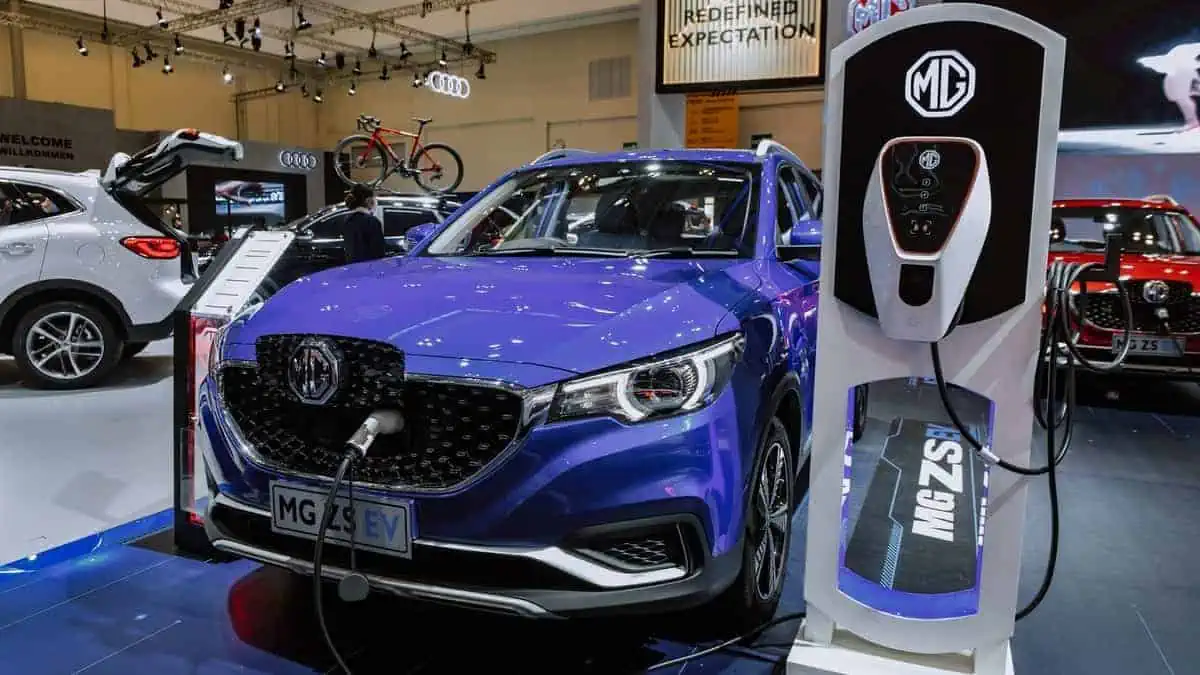Researchers from Penn State University and EC Power developed a study to solve rapid charging in response to the increasing use of electric vehicles for private and public transportation.
The study published in Nature last week indicates that internal cell heating results in significantly better-charging durability and performance, as per Top Gear.
Electric vehicles already have sophisticated heating technology, but these are typically exterior systems that are “bulky and not terribly efficient.”
That said, researchers have experimented with heating batteries from within using a very thin layer of nickel. As a result, 70% of charges may be completed in about 10 minutes.
Additionally, that’s more than 2,000 cycles, which the team estimates will equate to almost 500,000 miles lifespan. What’s impressive about this technology is that it is farther than most cars could ever hope to travel.
“Now you can essentially use much less raw materials, and reduce a tremendous [amount of] carbon emissions from manufacturing those batteries,” says Chao-Yang Wang, a professor of materials science and engineering at Penn State, and the lead author of the study.
According to Robb Report, internal thermal modulation for electric vehicle batteries is the new technology explored in the study. According to the university, ultra-thin nickel foil aids in temperature regulation. It keeps the battery “hot, but not too hot,” without using a large heating and cooling system.
Remarkably, this would not only enable 10-minute charge speeds but might also reduce the battery size by up to two-thirds. A smaller battery would store energy more effectively and be less expensive.
“The need for smaller, faster-charging batteries is greater than ever,” said Chao-Yang Wang, professor of mechanical engineering at Penn State and founder of EC Power. “There are simply not enough batteries and critical raw materials, especially those produced domestically, to meet anticipated demand.”
In hindsight, the Air Resources Board of California passed a comprehensive plan in August to impose restrictions on and eventually ban the sale of gasoline-powered vehicles. The internal combustion engine will essentially be phased out in the US by 2035.
According to Penn State’s website, Wang pointed out two significant challenges that must be overcome for BEVs to replace conventional vehicles in new car sales: “They are too slow to recharge and too large to be efficient and affordable.”
Furthermore, Wang contends that drivers would feel more at ease charging frequently for shorter periods if batteries charged more quickly.
“Our fast-charging technology works for most energy-dense batteries and will open a new possibility to downsize electric vehicle batteries from 150 to 50kWh without causing drivers to feel range anxiety,” Wang added.
“The smaller, faster-charging batteries will dramatically cut down battery cost and usage of critical raw materials such as cobalt, graphite and lithium, enabling mass adoption of affordable electric cars.”
Notably, strategically placed charging stations are necessary for long-distance electric vehicle travel. Despite the growing number of charging infrastructures, it seems insufficient for all EVs on the road.
“True fast-charging batteries would have immediate impact,” the researchers write. “Since there are not enough raw minerals for every internal combustion engine car to be replaced by a 150 kWh-equipped EV, fast charging is imperative for EVs to go mainstream.”
Drivers often worry about getting stuck if their vehicle’s battery runs out. That said, these kinds of studies and innovations have a big potential to solve such problems concerning electric vehicles.






